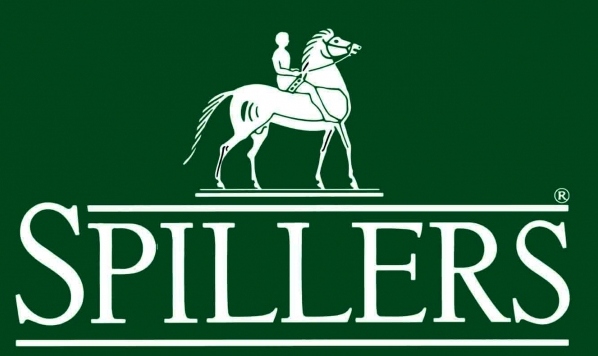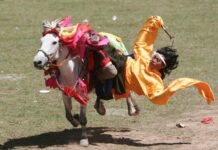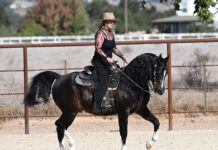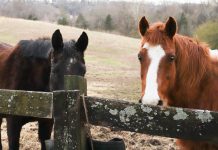The complex community of tiny living cells (microbes) living in the horse’s gut may provide valuable information about ageing and obesity, a new study has revealed. Initial findings have suggested that obesity in ponies may have a greater effect on gut microbes than age in healthy ponies. Ultimately this could help guide better ways to feed older and/or obese horse and ponies.
The horse’s large intestine or ‘hind gut’ is home to trillions of microbes including bacteria, viruses and fungi, which are essential for fibre digestion and regulation of the immune system. In people, differences in the ‘community’ of gut microbes (the microbiota) and their genetic make-up (the microbiome) have been linked to various aspects of health and disease, raising the question of whether the same might be true for horses.
‘Diversity’ is a measure of the number of different species of gut microbe, the abundance of species and the distribution or ‘evenness’ of species within the community. In people, a reduction in diversity has been linked to both ageing and obesity. We have previously published work showing a similar reduction in diversity in elderly horses, regardless of diet.
The study The equine gastrointestinal microbiome: Impacts of age and obesity was carried out by Dr Morrison and her colleagues1, in collaboration with SPILLERS via the WALTHAM® Equine Studies Group, as part of the feed company’s mission to enhance equine health and welfare worldwide.
Faecal samples from obese ponies, aged ponies and healthy controls (ponies that were neither obese nor aged) fed the same hay based diet were analysed to assess differences in their gut microbes. Surprisingly, diversity significantly increased in obese ponies; the opposite of what has been seen in obese people, and tended to increase in aged ponies; the opposite of what has been seen in people and similarly aged horses. This could mean for example that age-associated changes in the microbiome occur at a later actual (chronological) age in ponies than horses.

Although each group of aged, obese and normal animals could be differentiated from each other, across the whole study it was not possible to consistently predict whether ponies belonged to the aged, obese or control group by looking at differences in the faecal microbes alone. This could be because microbes in the droppings only show what is happening in part of the digestive system. Another possible explanation is that some species of microbes are capable of performing more than one ‘job’, and therefore different profiles may lead to the same functional/metabolic end result. This could mean that there are several potential faecal microbial profiles that can be associated with obesity or age in ponies.
Clare Barfoot RNutr, the research and development manager at SPILLERS® commented: “Although this work has only scratched the surface in terms of our understanding of the link between gut microbes, age and obesity, it’s a valuable step. We hope further work will give us a clearer understanding of how we can use what gut microbes tell us to positively influence the health and welfare of aged and obese horses and ponies.”
To read more about this topic and to access a host of other fascinating blogs visit https://www.spillers-feeds.com/what-can-the-horses-gut-tell-us-about-obesity-and-ageing/











